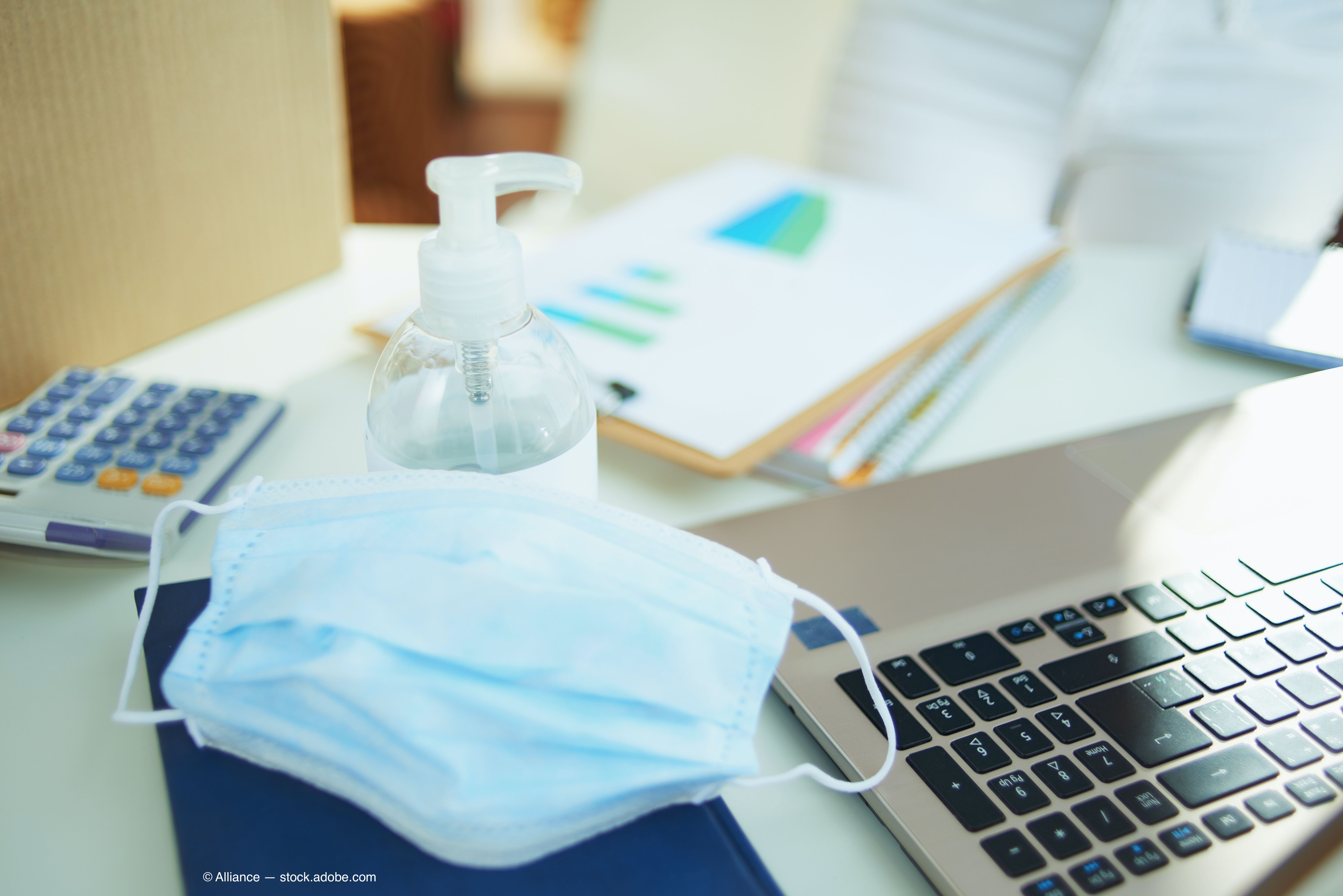News
Article
COVID-19 safety challenges accelerating welcome changes
Author(s):
One ophthalmic practice's staff has found that, despite the challenges faced healthcare professionals are facing amid the coronavirus pandemic, a few proverbial “silver lining” practice adaptations will endure long after the crisis is over.

Special to Ophthalmology Times®
In our premium refractive practice, patients are accustomed to having a smooth, high-touch experience from reception to checkout, with each step designed to convey our identity as a provider of superior care.
Then COVID-19 happened. It changed Manhattan overnight, and our practice had to change
We went from white glove and high touch to Vinyl gloves and no touch. Some luxury amenities are gone, but the same principles endure.
And our staff has found that despite the challenges faced by all of us, a few proverbial “silver lining” practice adaptations will endure long after this crisis is over.
Clinical changes Less stress, more freedom
Lockdown orders and changes to daily life have laid bare some of the pain points in patient care, particularly compliance challenges for those with dry eye, glaucoma, or other chronic conditions, including uncorrected refractive error.
While patients missed appointments and found difficulty in getting eye drops, contact lenses or glasses, we took the opportunity to educate our patients about the new treatments available to increase their freedoms—from drops to contact lenses and reading glasses.
While the current pandemic robbed people of many every day freedoms, we have found many are eager to improve their quality of life by lightening the burden of ongoing care for these chronic ocular conditions.
Toward that goal, our practice has increased the use of in-office procedures like intense pulsed light (Optima IPL, Lumenis) and thermal pulsation (Lipiflow, Johnson and Johnson Vision).
These in-office procedures result in a long-term, measureable impact on our patients’ symptoms without necessarily requiring monthly drops as well as the insurance and cost challenges they bring.
Any of our cataract or refractive lens exchange patients who take glaucoma drops are offered stent-based minimally invasive glaucoma surgery (MIGS) such as iStent Inject (Glaukos) or Hydrus (Ivantis)—both of which significantly reduce the burden of medication postoperatively.
The combination of MIGS and refractive cataract surgery gives patients freedom from both medications and eyeglasses.
Practice changes protocols, staffing, patient experience
The alterations our practice has made in response to the pandemic have taken a lot of planning. As many of these changes have had a positive impact for our patient experience, we will keep them in place after COVID-19 restrictions are lifted.
Prior to COVID-19, we’d used voluntary, pre-visit, digital check-in for years. The pandemic pushed us to finally phase out in-office paper intake and consent forms.
We still give patients a choice, but all registration must be done in advance.
Patients check in via smartphone app or our website. If needed, they can download and print the forms or we will mail them.
In addition, our practice has instituted a wireless credit card terminal called Clover in the office, which allows many of our patients to opt to pay using contact-less credit card, Apple Pay, or Android Pay.
Digital check-in and online payment saves hours of staff time. In the past, four or five staff members would work our front desk, Now only one team member is needed.
For a while, we experimented with directing all incoming phone calls to a stay-at-home staff member. We’ve since switched back to phone calls to the office, but are looking to permanently move them away from the reception area.
Surgical counseling has also moved to a combination of in-office counseling on the day of visit and some post-visit counseling by email or telehealth.
We’ve found that by allowing patients to choose a level of in-office experience, both they and our staff have felt more comfortable.
Although our luxury lounge is now a mostly empty room with spaced-out seating, patients sense a new kind of “luxury experience” of reduced wait time and greater privacy.
With spaced appointments and digital check-in, many go straight from the front door to the work-up and exam rooms—no waiting. Patients have the full attention of the doctor and staff.
After their exam, if they haven’t prepaid online, there is just a fast, touchless payment, and they’re ready to go. It’s an Uber-like frictionless experience that, when applied to a doctor’s office, has the feel of VIP treatment.
Accelerated improvements
Aside from the spaced scheduling, many of the changes we’ve made in response to COVID-19 were already under way before the pandemic. Now that the pandemic has accelerated these changes, we’ve begun to see their full benefits.
While it is certainly not the optimal way for our practice to evolve, nevertheless, it will improve how we serve patients in a future of smarter, more streamlined workflows with extra patient attention.
Furthermore, our continued focus on improving patients’ clinical freedoms will progress as new procedures and technologies help to ensure patients’ healthy vision without daily drops or external refractive appliances.
Tal Raviv, MD, FACS
Dr. Raviv is founder and medical director, Eye Center of New York, Manhattan
Reference
1. Gazzard G, Konstantakopoulou E, Garway-Heath D, et al. Selective laser trabeculoplasty versus drops for newly diagnosed ocular hypertension and glaucoma: the LiGHT RCT.
Newsletter
Don’t miss out—get Ophthalmology Times updates on the latest clinical advancements and expert interviews, straight to your inbox.




